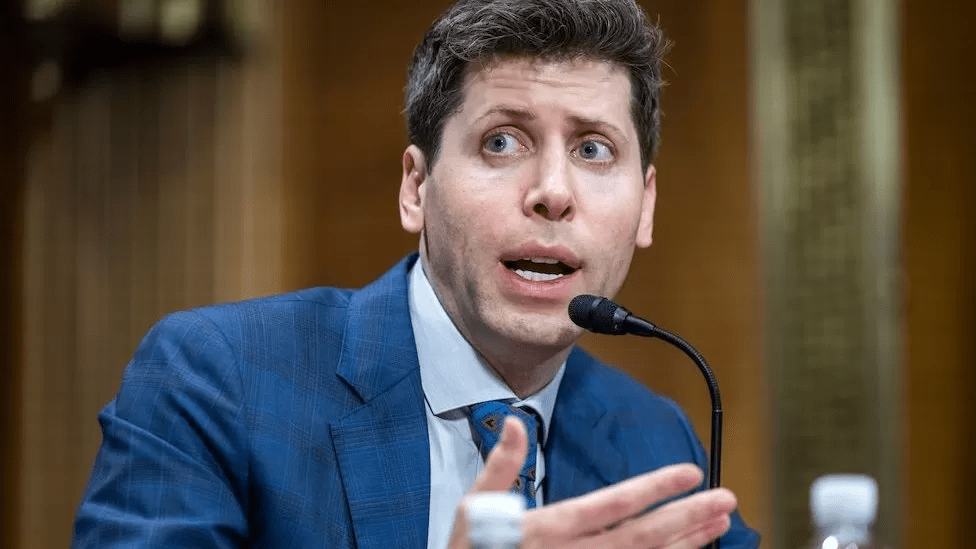OpenAI is urging the Biden administration to support the establishment of large-scale data centers, with as much as 5-gigawatts (GW), capable of consuming as much power as entire cities, emphasizing the necessity for such infrastructure to advance artificial intelligence and compete globally, particularly with China.

Following a recent meeting at the White House, attended by OpenAI CEO Sam Altman and other tech leaders, the company presented a document to government officials detailing the economic and national security advantages of constructing several 5-gigawatt data centers across various U.S. states. This power level is comparable to that of five nuclear reactors or enough to supply nearly 3 million homes, Bloomberg reports.
The document, which was reviewed by Bloomberg News, outlines how these investments could create tens of thousands of jobs, boost the GDP, and help the U.S. maintain its leadership in AI development. However, it also stresses the need for supportive policies to expand data center capacity.
“OpenAI is actively working to strengthen AI infrastructure in the U.S., which we believe is critical to keeping America at the forefront of global innovation, boosting reindustrialization across the country, and making AI’s benefits accessible to everyone,” said a spokesperson for OpenAI.
Altman has discussed plans for 5 to 7 data centers of this scale, although the document does not specify a number. OpenAI intends to focus initially on a single facility, with potential future expansions.
Despite the push, challenges loom over energy projects in the U.S., including long wait times for grid connections, permitting delays, supply chain issues, and labor shortages.
Currently, the U.S. has a total of 96 gigawatts of installed nuclear power capacity, but the demand is exponential. Growing interest in artificial intelligence (AI) is driving a significant increase in electricity demand. Data center electricity consumption is projected to rise from 2.5% of total U.S. consumption in 2022 to 7.5% by 2030, translating to an increase from approximately 130 terawatts per hour (TWh) to 390 TWh.
John Ketchum, CEO of NextEra Energy Inc., noted that it has received inquiries from tech companies about sites that can support 5 gigawatts of demand, highlighting the significant power needs of such operations. “Think about that. That’s the size of powering the city of Miami,” he said, adding that achieving this would require a combination of new wind and solar farms, battery storage, and grid connections.





